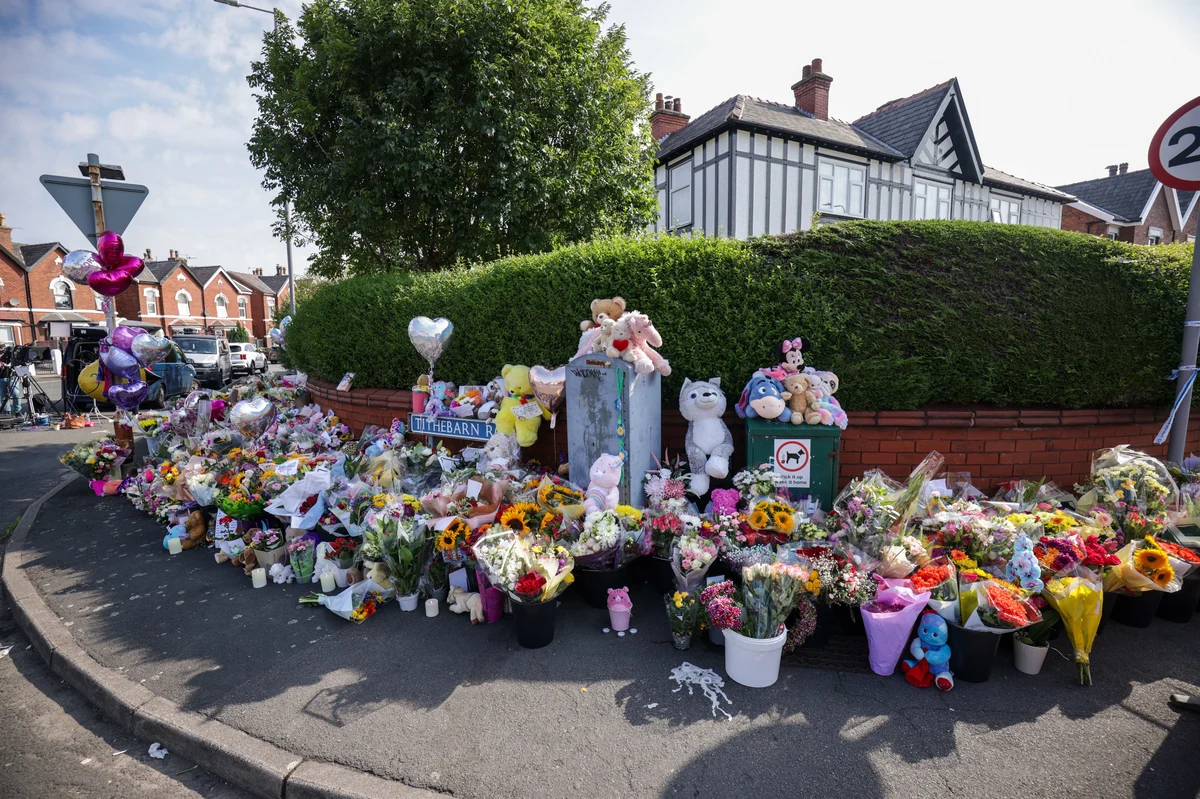Copyright orissapost

By Nikunja Bihari Sahu The air quality in Delhi on Diwali night this year deteriorated significantly owing to the indiscriminate bursting of crackers. The Air Quality Index plunged on that night to 488 micrograms per cubic metre which could be labeled in a ‘Very Poor’ category as firecrackers kept on lighting the Delhi skies, pushing the dangerous PM 2.5 particle levels to their highest since 2021. Although this year there was a drastic drop in stubble burning in adjacent states, local emissions from fireworks dominated the spike. Since 2021, the Supreme Court has imposed a ban on bursting of crackers in Delhi during Diwali. However, this year, the Court relaxed the ban and allowed people to use green crackers that release 30% less particulate matter. But it seemed from the sharp rise in the AQI level on Diwali night that green crackers did not get popular among people as they still chose conventional crackers due to their easy availability and low pricing. It is also believed that the green crackers available in the market still have a substantial amount of emissions like conventional ones and, hence, are not totally pollution free. Also, people kept on bursting crackers beyond the stipulated time till midnight. It is shocking to note that the average PM2.5 levels reached a whopping value of 488 micrograms per cubic metre which is a catastrophic 212% increase from pre-Diwali levels. This is nearly 100 times the safe exposure limit advised by the WHO. Generally, the burning of farm wastes in neighbouring Punjab and Haryana was blamed for the seasonal high in the levels of particulate matter in Delhi. However, there was a 77.5% drop in stubble burning this year in these states due to the devastating floods that destroyed much of the crops earlier in the region. This, to the delight of the Delhites, coincided with a 15.5% decline in Delhi’s average PM2.5 levels in the same period. However, the sudden rise of particulate matter in Delhi during the festive seasons indicates that not merely the stubble burning, but other local factors had also a hand in the spike. Firecrackers are considered the main culprit for Delhi’s poor air quality during the festive period of Diwali in particular. The health risks associated with the increase of fine particulate matter in air are immense. These PM2.5 particles are so fine that they could easily travel deep into our respiratory tracts, settling in the lungs and causing severe breathing problems. Exposure to such fine particles can cause short-term health effects such as eye, nose, throat and lung irritation, coughing, sneezing, running nose and shortness of breath. The long-term hazards include elevated susceptibility to respiratory diseases, including acute respiratory disorders like asthma, chronic obstructive pulmonary disease and even lung cancer. Green crackers developed by CSIR-NEERI aim to replace conventional crackers by reducing emissions, ash content, toxic metals and noise level by modifying the composition, shell size and additives. While conventional crackers typically contain many heavy metals and colour imparting substances (like barium, lithium, lead and arsenic) and high amount of fuel oxidiser mixture (like potassium nitrate, sulfur), green crackers, on the other hand, greatly reduce these hazardous metals and use cleaner oxidiser and dust suppressing additives. Although green crackers do reduce emissions, pollutants are not completely eliminated as they still produce particulate matter. However, in a country like India, it is a challenging task to convince people to totally refrain from conventional fireworks and go for more expensive green ones during the festive season. Further, the efficiency of green crackers should be improved by research and rigorous testing so as to deserve a green tag. The writer is Education Officer, Regional Science Centre, Bhubaneswar.



